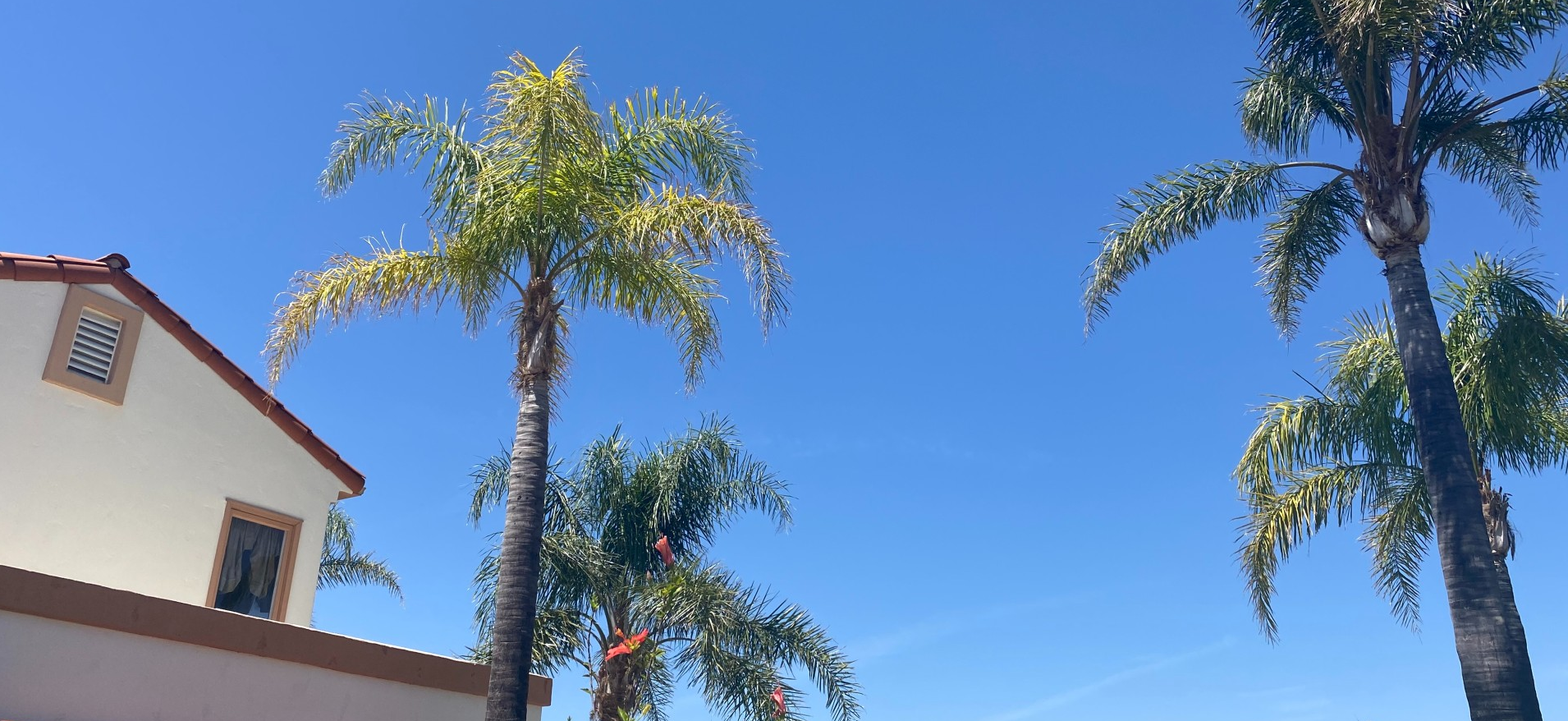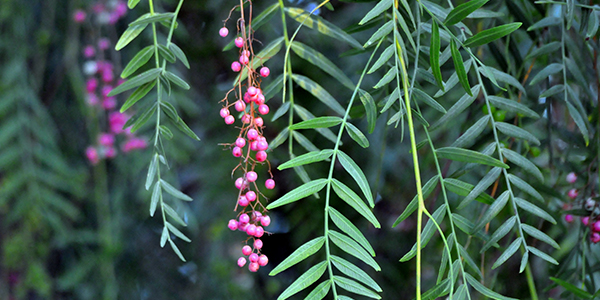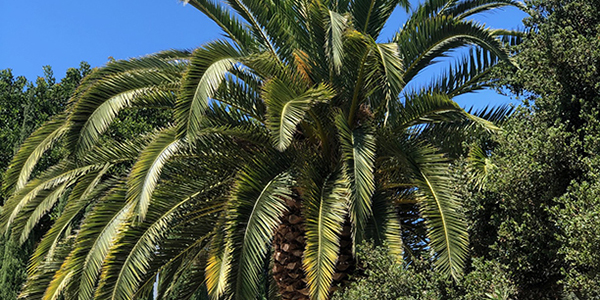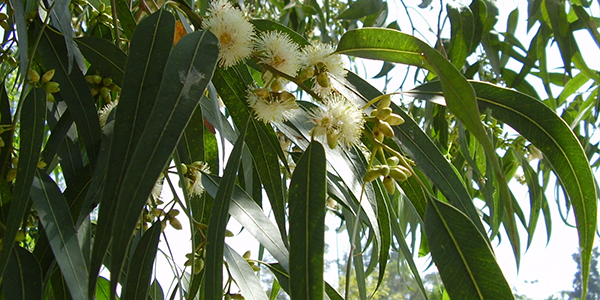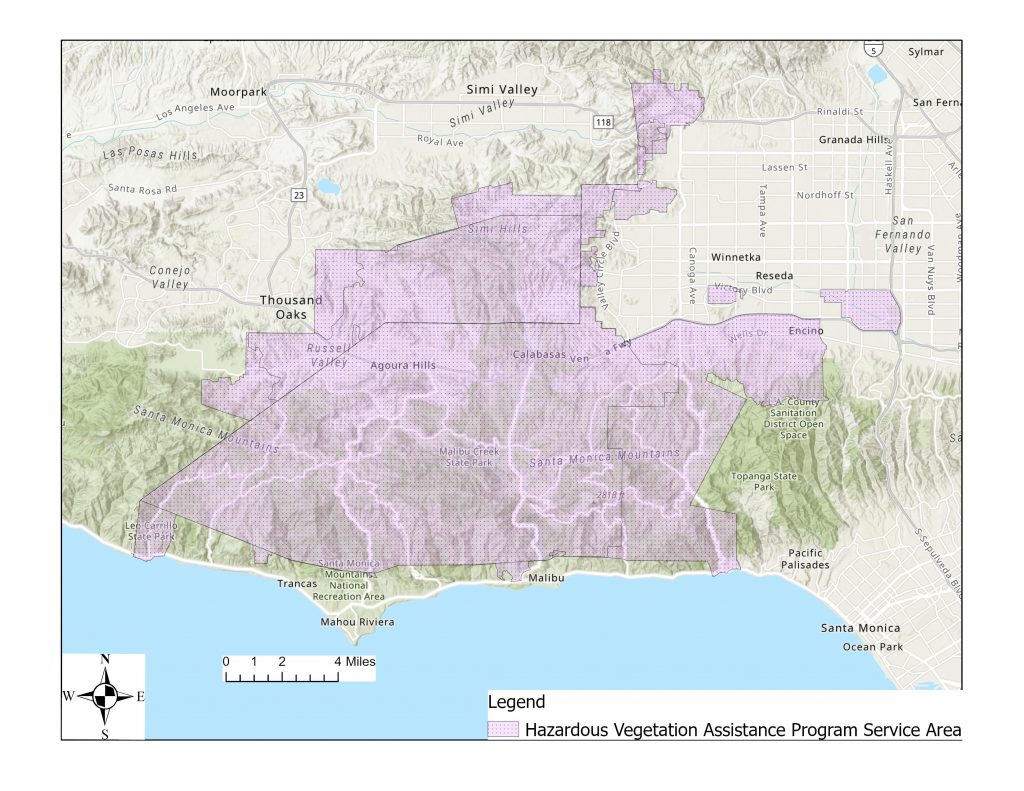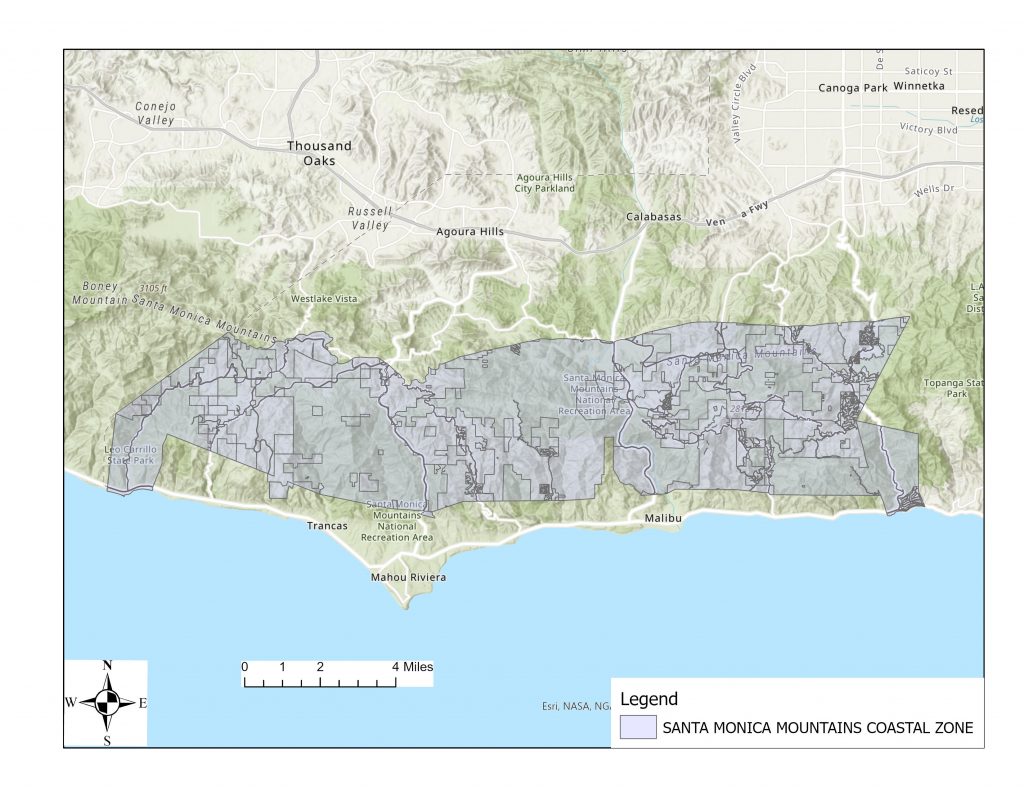Hazardous Vegetation Assistance Program
Please note this program is currently on hold but may return later this year. Check this webpage regularly for updates.
Do you need help to prepare for wildfire season? Are you looking for financial assistance to manage hazardous vegetation and reduce ignition risk on your property?
The Resource Conservation District of the Santa Monica Mountains is currently offering Financial Assistance to help homeowners and residents prepare for wildfires. This program is funded through a grant by the National Fish and Wildlife Foundation and aims at reducing wildfire risk by replacing non-native vegetation in hazardous locations around a home or structure with native vegetation in safer areas on the property. This will help reduce the risk of ignition and improve habitat quality in areas vulnerable to wildfires.
How to receive funding for hazardous vegetation removal:
- Step 1: Complete the application form below. Once we receive your application, we will review it and let you know if your project is eligible. Funding is limited to $2,000 per site.
- Step 2: The homeowner is responsible for obtaining the permits required for vegetation removal in their area. If you live in the Coastal Zone, additional permits may be required (see map below).
- Step 3: : Once the project is approved by the RCD, the homeowner can proceed and submit the contractor’s invoice for reimbursement up to $2000. Please include details of work performed. The work performed must match the approved project in order to be eligible.
- Step 4: Replanting non-hazardous vegetation is critical to enhancing residential landscapes. Program participants will receive a free oak sapling to plant on their property at a safe distance from structures (or other available native plant). For participants wanting to replace hazardous vegetation with different plant species, recommendations and a list of fire-wise native plants are available at https://defensiblespace.org/plants/.
If you are interested in the program but require assistance with permits and contractors, contact the Community Resilience Team.
The link to sign-up for this program will be returning later this year. Check our website and social medias [@rcdsmm] or sign up for our mailing list to receive updates on natural resource management and conservation programs like this.
Requirements to declare an individual hazardous specimen:
- In close proximity to your house or other structure: Vegetation in Zone 0 (within 5’ from the house) poses a high risk to the structure. Learn more at www.defensiblespace.org.
- Located along important roadways for egress (evacuation) and ingress (entrance by fire and emergency personnel and equipment).
- Non-native:
-
- Due to adaptability to fire, native vegetation (oaks and sycamores) are much less flammable than non-native vegetation.
- As a result of their characteristics, the RCDSMM focuses on non-native vegetation (specifically pines, eucalyptus, palms, peppers and other non-native trees).
-
- The specimen is dead, dying, infected by a disease or affected by a pest, or has compromised structural integrity.
- The specimen towers above Southern California Edison’s high voltage lines and due to form, lean or variety poses a risk of dropping limbs or falling on the high voltage lines.
- The specimen, as a result of form, lean or variety, poses a risk of dropping limbs or falling on the roadway.
- The specimen, as a result of type, is likely to be ignited by firebrands or embers in a wildfire.
Additional factors affecting the vulnerability of vegetation as a fire hazard include:
- Vegetation dryness (moisture content and amount of living vegetation).
- Changes in weather variables that influence fire spread and intensity.
- Availability of combustible materials.
- Long-term drought.
For questions on what qualifies as Hazardous Vegetation, contact the Community Resilience Team with a picture of the vegetation in question.
Frequently Asked Questions
Why are we asking participants to replace some vegetation with other vegetation?
The goal of the program funded by the National Fish and Wildlife Foundation is to reduce wildfire risk while improving habitat quality. Removing vegetation that poses a high risk of ignition and planting vegetation further from the house decreases the likelihood of the home burning to wildfire ignition while maintaining wildlife habitat.
Who is eligible to participate in the program?
Homeowners and residents living in the area shown in the map below are eligible for financial assistance. If you are unsure about your eligibility, contact us.

